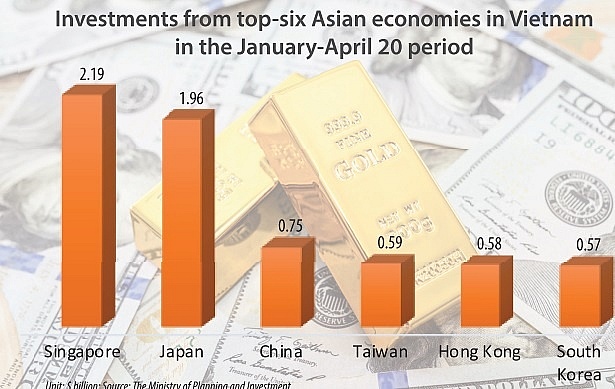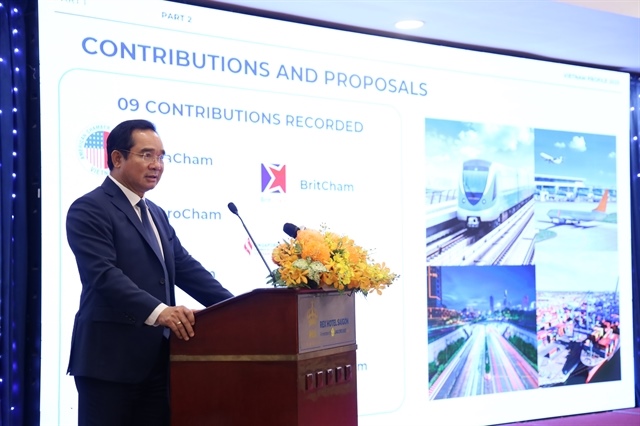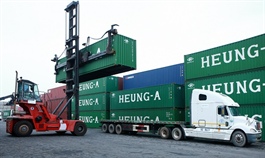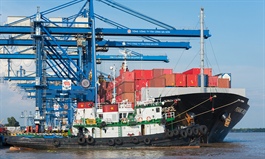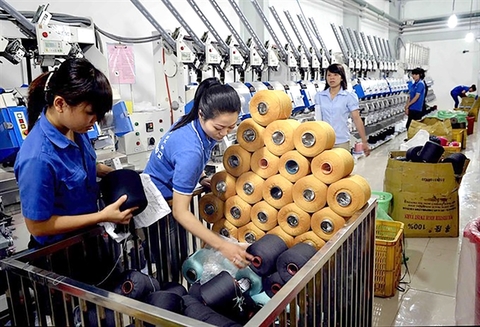Fitch revises Vietnam outlook to “Positive”
Fitch revises Vietnam outlook to “Positive”
While the rollout of Vietnam's vaccination program is off to a slow start, but Fitch nevertheless expects the country’s GDP growth of about 7% in 2021 and 2022.
Fitch Ratings has revised Vietnam's outlook to Positive from Stable and affirmed the Long-Term Foreign-Currency Issuer Default Rating (IDR) at 'BB'.

Production for exports at Garment 10 Company. Photo: Pham Hung
|
“The positive outlook reflects Vietnam's growth and public finances' resilience to the Covid-19 pandemic shock, and continued strengthening of external finances due to persistent current account surpluses and rising international reserves,” stated the rating agency in a statement.
According to Fitch Vietnam was among the few economies in the Asia Pacific region and the 'BB' rating category to maintain positive growth in 2020, at 2.9%.
Fitch attributed the strength of Vietnam’s performance to its success in bringing the coronavirus outbreak swiftly under control, despite the pandemic's impact on domestic economic activity and tourism inflows, alongside strong policy support and export demand.
While the rollout of Vietnam's vaccination program is off to a slow start, but Fitch nevertheless expects the country’s GDP growth of about 7% in 2021 and 2022, in line with a broader global economic recovery sustaining export growth and a gradual normalization of domestic economic activity.
Meanwhile, Vietnam's external finances have strengthened further despite the pandemic. Exports rose by about 7% in 2020 in US dollar terms, and the current account recorded a surplus of about 3.6% of GDP.
Strong export performance reflects a surge in demand for high-tech components associated with strong sales of IT equipment in the US and other advanced economies as well as continued benefits of trade diversion, associated with rising costs in China and the US-China trade war.
Fitch forecasts Vietnam's current account to remain in surplus at 1.2% and 2% of GDP in 2021 and 2022, respectively, compared with an average deficit of 1.7% for the 'BB' median.
The bulk of the strong FDI inflows in 2020 went into the manufacturing sector. Net FDI in 2020 was US$15.4 billion (about 4% of GDP), close to the previous year's level.
Fitch expects FDI inflows to stay healthy as Vietnam is likely to benefit from the ongoing trade diversion and also its entry into trade agreements such as the EU-Vietnam Free Trade Agreement and the Regional Comprehensive Economic Partnership.
Given the Covid-19 impacts, Fitch estimates the general government deficit widened modestly in 2020 to 3.5% of GDP (7.2% for the BB median), as spending was targeted mainly at alleviating the impact of the pandemic.
In addition, general government debt remained stable at 38.5% of GDP in 2020 compared with the 'BB' median's 13pp increase to 59%. Vietnam's general government debt-to-GDP ratio is expected to remain at about 39% in 2021 and 2022, still below the median for 'BB' rated sovereigns.



